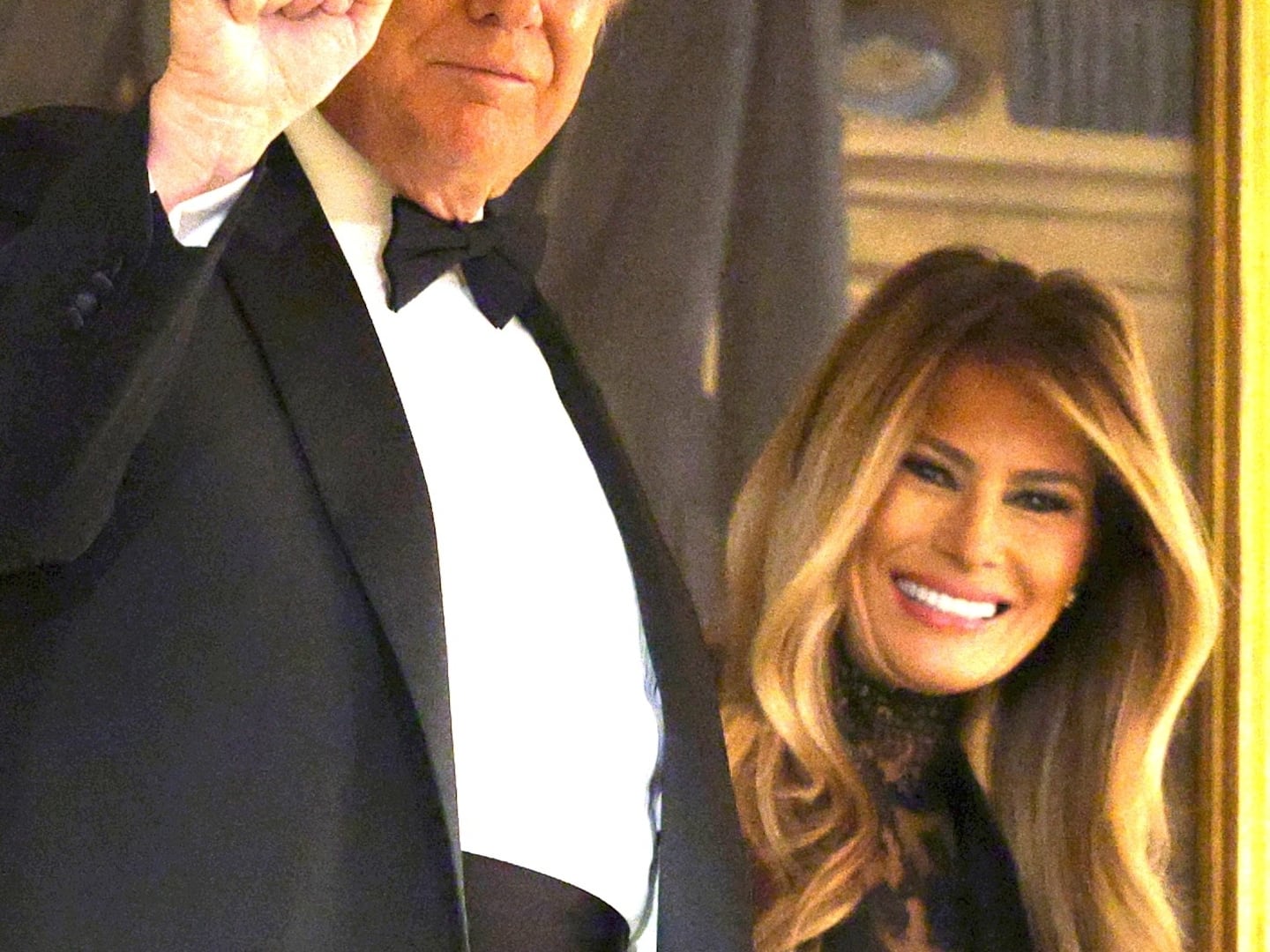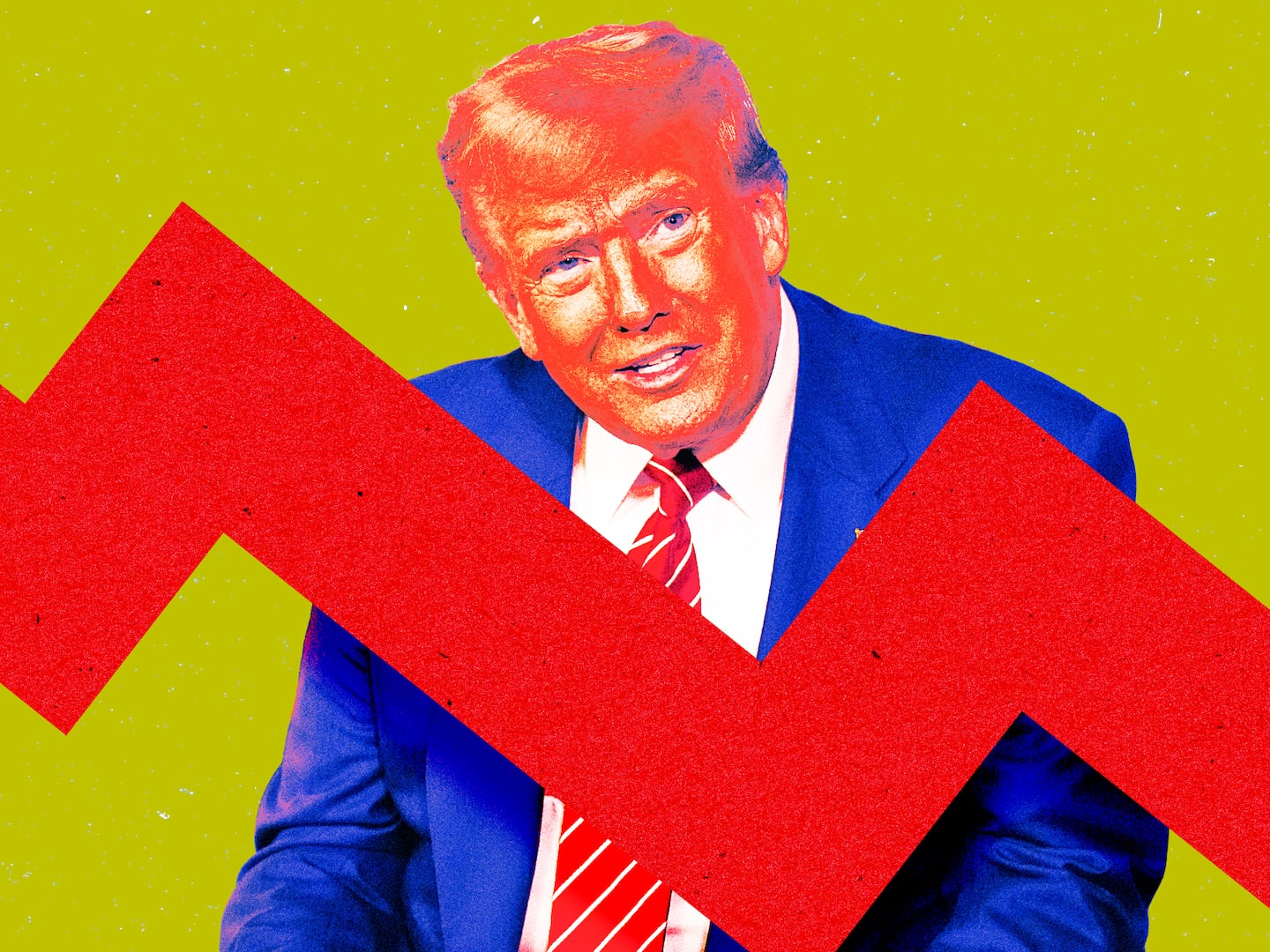Did 38 heartless New Yorkers ignore the screams of a dying Kitty Genovese on a cold March night in Queens, more than fifty years ago? That’s what The New York Times declared after Genovese was stabbed, raped, and attacked in 1964, her name forever linked to the sensationalized notion of a city—and by extension, a nation—filled with terminal indifference.
No one challenged the paper of record for decades as Kitty Genovese became an emblem for the phenomenon known as the bystander effect, shorthand for the deterioration of modern American society at large. Reduced to the horrifying details of her tragic death, she’s been cited for half a century in film and television, potent fodder for crime procedurals like Perry Mason and Law & Order. Not even Girls could resist devoting an entire episode to the most famous murder in the history of New York City.
But when Genovese’s youngest brother, Bill Genovese, sought the truth of what happened the night his vibrant 28-year-old sister was brutally murdered, he uncovered startling details and witnesses that pieced together a different account of that fateful evening. Tracking his amateur investigation over the course of several years, five decades after the media turned his sister into a proto-meme, the documentary The Witness takes a heartaching deep dive into a story we already thought we knew.
The gruesome circumstances of the crime itself made Genovese’s death the kind of urban tragedy that would have garnered headlines anywhere. A pretty and well-liked brunette living in the city, she worked as a bar manager at a local watering hole—making it all the more tragic when, walking home from her car past 3 a.m. one night, she was attacked and stabbed in the back in front of her own Kew Gardens apartment by a knife-wielding stranger.
An injured Genovese screamed for help, then staggered around the corner to the back entrance of the building. There, her attacker, who had briefly run off, came back to finish the job. He stabbed her again and raped her, robbing her of $49 in cash. Many of her neighbors witnessed part of the attacks, or heard her screams. At least two of them seemingly knew she had been stabbed and did not intervene—one of whom, prosecutor Charles Skoller informs Bill Genovese, nearly walked in on his sister’s second attack and phoned a girlfriend who advised him not to get involved. Genovese died in a pool of her own blood, cradled in the arms of the only neighbor who ran to her side, in the hallway of her own building as most of the neighborhood went back to sleep.
For decades, Genovese’s story was defined by The New York Times’ assertion that 38 of her neighbors either heard or saw the attack, and yet did nothing to help. But when the paper walked back on that crucial report in 2004, it invited a floodgate of scrutiny upon its original story. And chief among those demanding the full truth of what happened that night was Bill Genovese.
Genovese, a veteran who lost his legs in Vietnam, approaches his quest for answers with an enviable determinism. It’s understandable to hear that neither Genovese nor his family members attended the trial of Winston Moseley, the New York man who admitted with chilling calm to killing not only Genovese, but a second woman in the weeks prior. But it’s rather shocking to learn that, because of the deep wound Kitty’s death cleaved in their hearts, her family never really learned the full reported details of that night, either.
And so Bill Genovese begins absorbing all those horrendous details by poring over the initial police reports and trial transcripts, seeking the so-called 38 witnesses who stood by and drew the curtains as his sister begged for help below them. Of course, many are long gone. He manages to sleuth out a few surviving witnesses, meeting face to face with them only to learn that they all remember hearing Kitty scream, but refute the idea that they did nothing about it.
“It wasn’t that people didn’t call,” insists one white-haired woman who recalls phoning the police only to be told that the cops were already on the case. “Kew Gardens got a little aroused when they said we were apathetic. We were not. There are always a few people that call.”
Genovese can’t seem to find any record of such a call, and chalks it up to a Rashomon effect of sorts: Who would be able to live with the knowledge that they stood by as a helpless woman died?
The fluid, fickle nature of memory and the truth surfaces again and again as Genovese meets with any and everyone who has a connection to the case. Reporters and newspapermen help pinpoint blame for the willfully erroneous NYT report on then-editor Abe Rosenthal, who went on to write a 1973 book about the case titled 38 Witnesses.

In one of the film’s more notable interviews, Genovese meets with Rosenthal (who died in 2006), and asks him pointedly if the oft-cited 38 figure was made up for the sake of the story. “NO,” Rosenthal answers, before countering that the bigger picture end—a social call against apathy echoed years later by Bill Clinton himself—justifies any fudging of the real number.
Even 60 Minutes legend Mike Wallace, who also dramatically reported on the Kitty Genovese murder, passes the journalistic buck when probed by her brother. “I think to a certain degree it was a media creation,” he admits slowly, copping to the exaggerated narrative of neighborly indifference. But even he points the finger at the most respected newspapers of the century. The version of events turned into commonly accepted legend, he says, “because it was taken seriously by The New York Times.”
Better late than never to correct the record, The Witness suggests. To that end, its blend of Genovese’s personal crusade, archival reports, black and white animated reenactments, and the accounts of witnesses buried by history—like Sophia Farrar, the friend and neighbor who ran down to a dying Kitty and held her as she died, but who was omitted from the original report—fills in a more complete picture of a night that may never be fully explained.
As former New York Daily News and New York Magazine reporter (and Daily Beast special correspondent) Michael Daly declares, “If Kitty Genovese is a name that immediately summons something in people’s minds, then that thing that gets summoned should be the truth.”
But to a brother still mourning a sister, the truth lies beyond death.
The Witness folds in home video footage of Kitty, vibrant and alive, as family and friends fill Bill Genovese in on the young woman he didn’t quite know. For example, he explains, Kitty was once married.
But what most of her family didn’t know until her death was that her roommate, Mary Ann Zielonko, was also her lover. Zielonko agrees to speak with Genovese for the film, but we only hear the audio of their first meeting since 1964—and in it, the shared grief of near-strangers united in their love for, and deep sorrow over, the young woman they loved dearly.

It’s that intimacy that propels The Witness beyond mere docu-noir, rising above clunky pacing as it hurtles in every direction, probing different threads of the Kitty Genovese story. Teaming with filmmaker James Solomon, Genovese is both searcher and subject of The Witness as he confides in the camera, his only companion. The Genovese family, he explains, was so utterly destroyed by Kitty’s murder that his father couldn’t bring himself to identify her body, and no family members attended the trial that put her killer away for life. His brothers question why he’s compelled to dive into the crime that traumatized their entire family—a loss so devastating even their own grown children only know of Kitty from books and news reports.
Genovese’s obsession drives him further than one might hope, given that he’s spent years chasing answers he may never get. He even makes a desperate plea to speak with the imprisoned Moseley, who managed to escape a death sentence for life and has spent the better part of the last 50 years trying to get out on appeal. That interaction meets a frustrating end in itself, but like many of Genovese’s Hail Marys, it leads to the most shocking interview of all: A face-off with Steven Moseley, the grown son of the man who killed his sister.
In this unlikely interaction we once again see how people cling to the truths they choose. Moseley, a young boy when his father was arrested for burglary before admitting to the Kitty Genovese murder, has clearly grown up with his father’s sins hanging over him like a dark cloud. But the version he’s been taught to believe is cringe-inducing to behold, even more so for the fact that in adulthood he became a reverend. At one point he suggests, per his father’s retconning of events, that Kitty provoked Moseley with racial slurs and was therefore partly to blame for her own death. Later, he fearfully asks if Bill and Kitty were members of the Genovese crime family. The film captures Genovese exercising an inhuman display of patience and compassion for the son of his sister’s murderer—unless, that is, he told him to go straight to hell as soon as the cameras stopped rolling, for which he’d be forgiven.
Eventually, Bill Genovese reaches an end—if not the end—of his search, not quite satisfied. At least he seems to have discovered some salve of human compassion within the mystery surrounding Kitty’s death—in the journalists who still believe in the truth, the neighbors who insist they cared, and the one woman who made sure Kitty did not die alone. “It’s hard to let go when you can never know the whole truth,” he admits, but not before making one last attempt at finding closure. With the help of an actress standing in for Kitty, he goes back to the scene of her attack and restages it, screams and all. We envision the neighbors at home in the windows above in the much more cynical new millennium and hope they’d stand up to see if they could assist someone, even a stranger, who might be in need of help.






